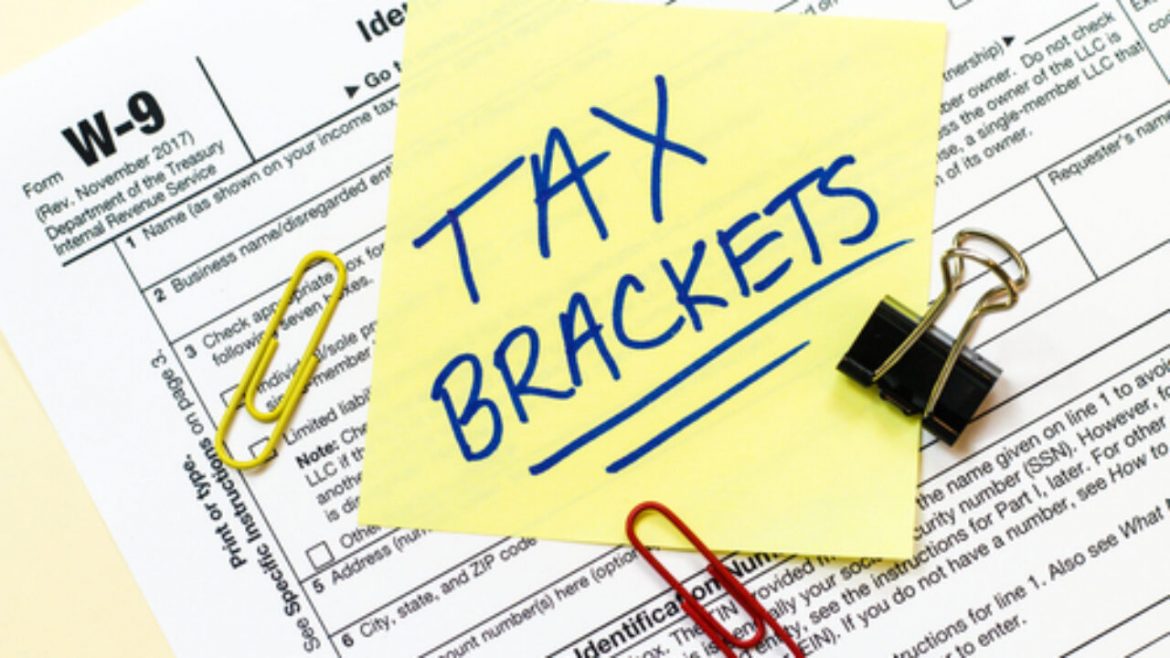For what reason do we have charge sections?
Charge sections are a fundamental piece of America’s “moderate” charge framework. As you bring in more cash, your pay hits limits. At every edge, the pay over the line is charged at a continuously higher rate.
While taking a gander at the sections, it’s memorable’s fundamental that the pay setting off each expense rate is your changed gross pay, not the income on your W-2.
At the end of the day, what you pay depends on your available pay — compensation and other pay, like interest — less certain allowances and different changes. Then, at that point, what’s left is separated into lumps that are charged at various rates to decide your definitive duty bill.
The most noteworthy rate, paid on the top section of your pay, is called your negligible expense rate. That is totally unrelated to your compelling duty rate, which is the typical level of your pay that you cover in charges.
Does it sound mind-boggling and confounding? That is on the grounds that it is — which is the reason there has for some time been required a lot more straightforward personal expense framework, perhaps one with a solitary level duty rate that everyone would pay.
2021 government personal assessment sections (for 2022)
These are the sections for charges due in 2022, on pay acquired in 2021. The assessment rates haven’t changed since the 2017 duty regulation endorsed by President Donald Trump.
| Portion of income | Tax rate |
|---|---|
| Up to $9,950 | 10% |
| $9,951 to $40,525 | 12% |
| $40,526 to $86,375 | 22% |
| $86,376 to $164,925 | 24% |
| $164,926 to $209,425 | 32% |
| $209,426 to $523,600 | 35% |
| $523,601 and higher | 37% |
| Portion of income | Tax rate |
|---|---|
| Up to $19,900 | 10% |
| $19,901 to $81,050 | 12% |
| $81,051 to $172,750 | 22% |
| $172,751 to $329,850 | 24% |
| $329,851 to $418,850 | 32% |
| $418,851 to $628,300 | 35% |
| $628,301 and higher | 37% |
2022 federal income tax brackets (for 2023)
The IRS has announced that these will be the brackets for taxes due in 2023, on income earned in 2022.
| Portion of income | Tax rate |
|---|---|
| Up to $10,275 | 10% |
| $10,276 to $41,775 | 12% |
| $41,776 to $89,075 | 22% |
| $89,076 to $170,050 | 24% |
| $170,051 to $215,950 | 32% |
| $215,951 to $539,900 | 35% |
| $539,901 and higher | 37% |
| Income | Tax rate |
|---|---|
| Up to $20,550 | 10% |
| $20,551 to $83,550 | 12% |
| $83,551 to $178,150 | 22% |
| $178,151 to $340,100 | 24% |
| $340,101 to $431,900 | 32% |
| $431,901 to $647,850 | 35% |
| $647,851 and higher | 37% |
How duty sections work
This is the way the duty sections will work this year.
In the event that you document your 2021 expense form as a solitary and had a low changed gross pay of $9,000 last year, your duty rate is 10%.
In the event that you document as a solitary and had changed gross pay to $85,000 in 2021, you pay: a 10% expense on the first $9,950; a 12% duty on the following sum, up to $40,525; and a 22% duty on the last piece, up to $85,000.
On the off chance that you and your companion record your 2021 duties mutually and had changed gross pay of $500,000 last year, you pay: a 10% duty on the first $20,550; a 12% expense on the following cut, up to $81,050; a 22% on the piece going up to $172,750; a 24% duty on the following segment, up to $329,850; a 32% duty on the part from that point onward, going up to $418,850; and a 35% assessment on the last lump, up to $500,000.
As you bring in more cash, you’ll need to do whatever it may take to diminish your available pay and drop down into a lower top duty section. Guiding a portion of your profit into a singular retirement account (IRA) or 401(k) retirement investment funds can assist with achieving that.
You might conclude you really want to talk with a bookkeeper or an expense proficient to score well in this non-ball variant of bracketology.


